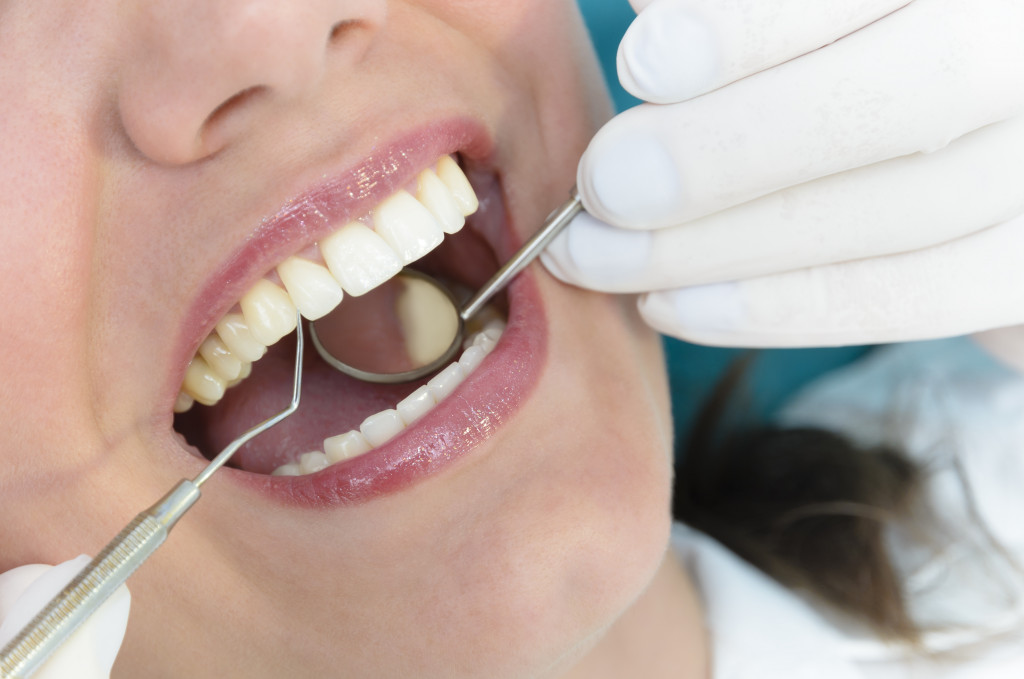The COVID-19 pandemic has been a hard time for dental practitioners and patients alike. During the first months of the pandemic, accessing dental care was almost possible as authorities ordered the closure and limited operational hours of dental practices except for urgent services and emergency cases. As a result, this became difficult for those needing routine care and prevention.
But as more people get their vaccines and safety restrictions gradually ease, people are once again returning to their dentists to get the care they need. In turn, dental practices are gradually opening their clinics with health and safety protocols in mind. Dentists are now also conducting sensitive dental procedures, such as dental implants, oral and maxillofacial surgery, and wisdom teeth removal.
Oral health is a critical part of overall health, and dental experts are doing their best to provide the best oral treatment for a wide range of oral health concerns. This includes tracking the mouth and tongue issues COVID-19 patients experience. Believe it or not, people affected by COVID-19 may also be at higher risk for oral care issues. To know more about it, this article will examine the connection between COVID-19 and oral diseases.
Gingivitis
Gingivitis is a mild and common form of gum disease, with symptoms such as bad breath, bleeding gums (when probed, brushed, and flossed), and red, swollen gums. Poor dental hygiene is one of the common causes of gingivitis, where bacteria accumulate on the teeth and form plaque.
A study published in 2021 speculates that having any serious illness or disease (e.g. COVID-19) may drive the patient to forego oral hygiene. Once plaque grows, this increases the possibility of gingivitis. Researchers also state that bleeding gums is a potential sign of COVID-19. This is in reference to a case where symptoms of gingivitis lessened after the person recovered from COVID-19. The results may still require further investigation since the researchers based the study on only three people.
Oral ulcers

Viral infections such as COVID-19 affect our immune system by making a person prone to secondary conditions.
A 2020 study found that people recovering from COVID-19 sustained mouth ulcers. Although these ulcers appear thrush-like, others are unspecific. It may develop as red, yellow, or white inflamed tissue in the mouth or at the gums. Other symptoms are eating discomfort, dull pain, red or white bumps, and painful sensation.
Mouth ulcers can heal on their own within one to two weeks. If the ulcer persists for over three weeks, dental treatment is a must because this may indicate a new infection. For minor cases, a pharmacist may recommend basic treatments to cure a mouth ulcer. These include mouth spray, medicated lozenges, topical cream or gel, and antimicrobial mouthwash.
Dry mouth
Xerostomia, also known as dry mouth, is a condition where the mouth has inadequate saliva production to keep it moist. People with dry mouths may struggle to break down food, swallow, and wash away food particles.
Dry mouth can also be a potential symptom of COVID-19, as it was one of the chief complaints by 108 participants in a study published by The Lancet. But the reasons for these symptoms remain unclear.
The authors suggest the dry mouth has a direct link with the COVID-19 virus because of its ability to damage and infect the salivary glands. It can also be a possible cause of poor dental hygiene or a side effect when treating COVID-19. Whatever the cause, dry mouth increases the risk of mouth infection and tooth decay.
Cracked teeth
Ever since governments ordered widespread lockdowns during the pandemic, cases of mental health issues are at an all-time high. Physical distancing measures and social isolation drove people to suffer from poor posture, loneliness, stress, anxiety, and depression.
According to dental experts, people with high anxiety levels and poor posture are prone to bruxism, or teeth grinding. In fact, dentists witness a sudden increase in cracked and chipped teeth during the first months of the pandemic.
People tend to do involuntary behaviors, such as teeth grinding and jaw clenching because of severe stress. This increases the tension in the teeth, making them more susceptible to crack. Cases of cracked and chipped teeth are also present among COVID-19 patients. These include those under critical care and require ventilators, where they may experience various complications, such as chipped teeth.
With the rise of oral health issues amid the pandemic, dental professionals are working hard to learn about the connection between oral health conditions and COVID-19. While there’s still no further evidence about its definite link, people should stay proactive in practicing good oral hygiene to stop the spread of this infectious disease.
